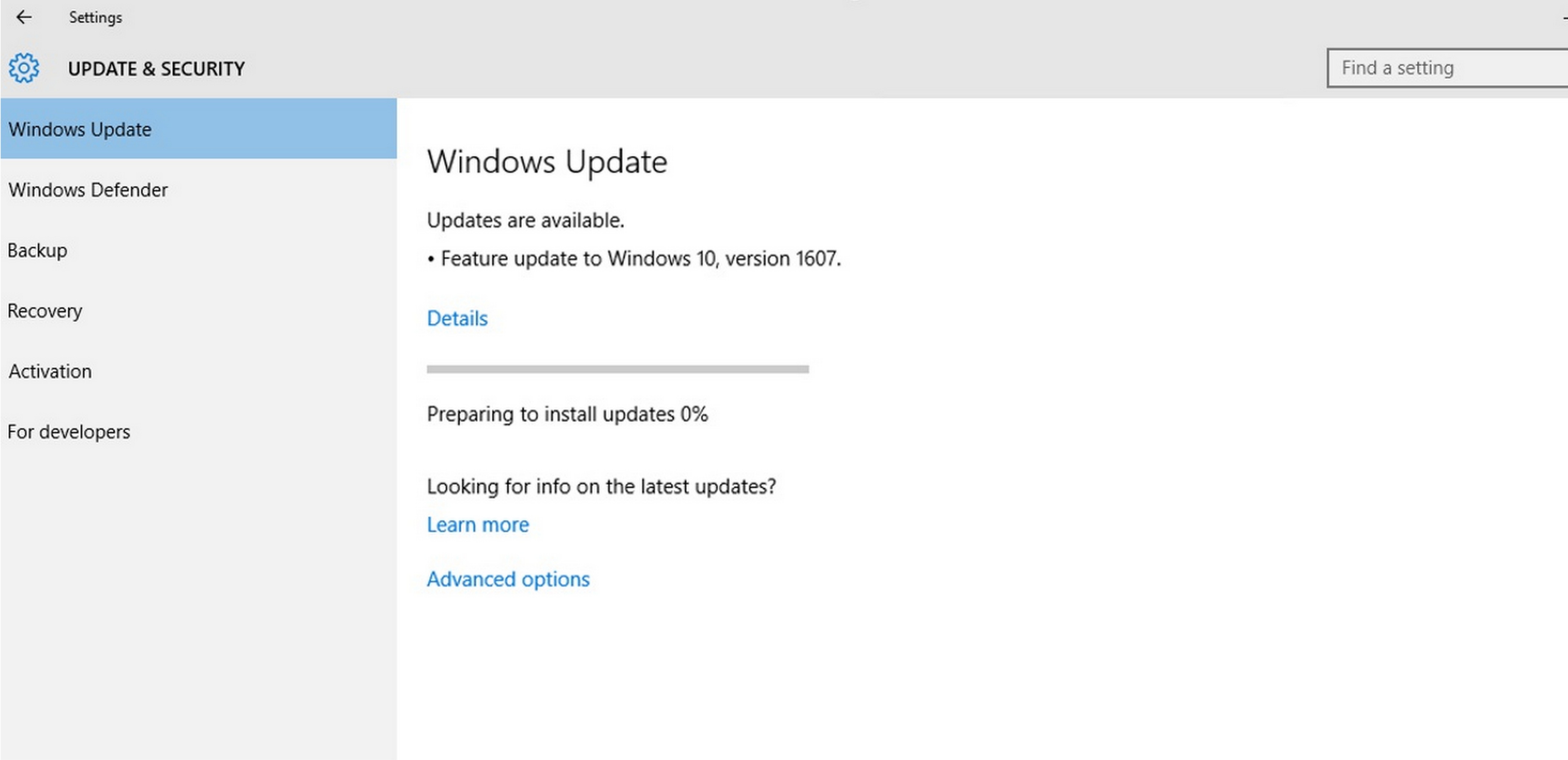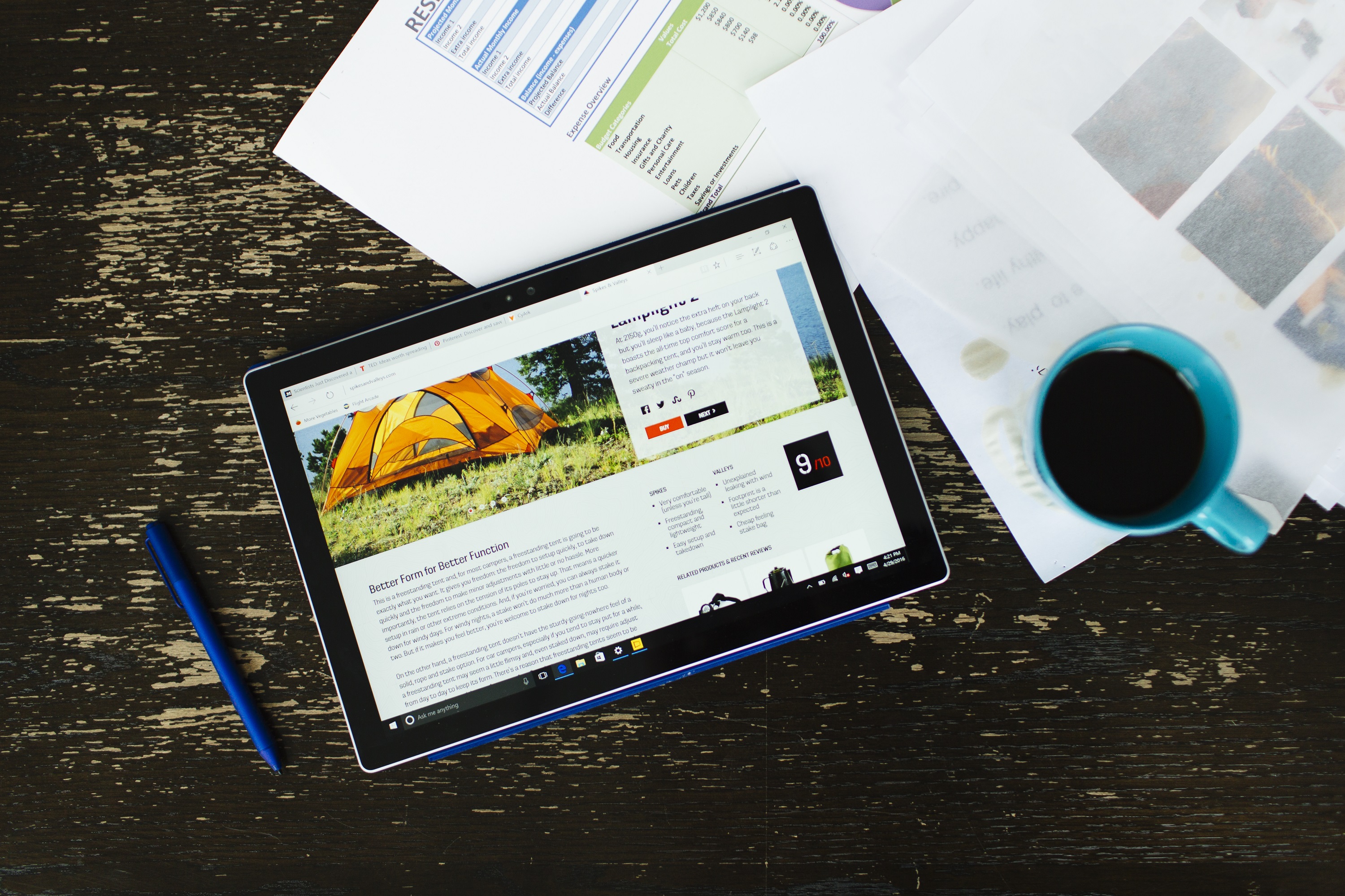Project Emoji: The complete redesign
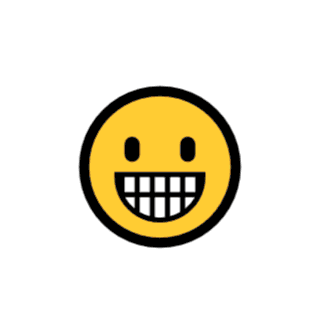
Lately, emoji designers are trying to rethink some of the basic characterizations that tend to exclude people. The representation of the global community is lacking, and for its part, Microsoft leveraged the launch of the Windows 10 Anniversary Update to release over 1700 new glyphs, with a possible 52,000 combinations of diverse women, men, kids, babies, and families. They’ve completely overhauled their emoji for the better.
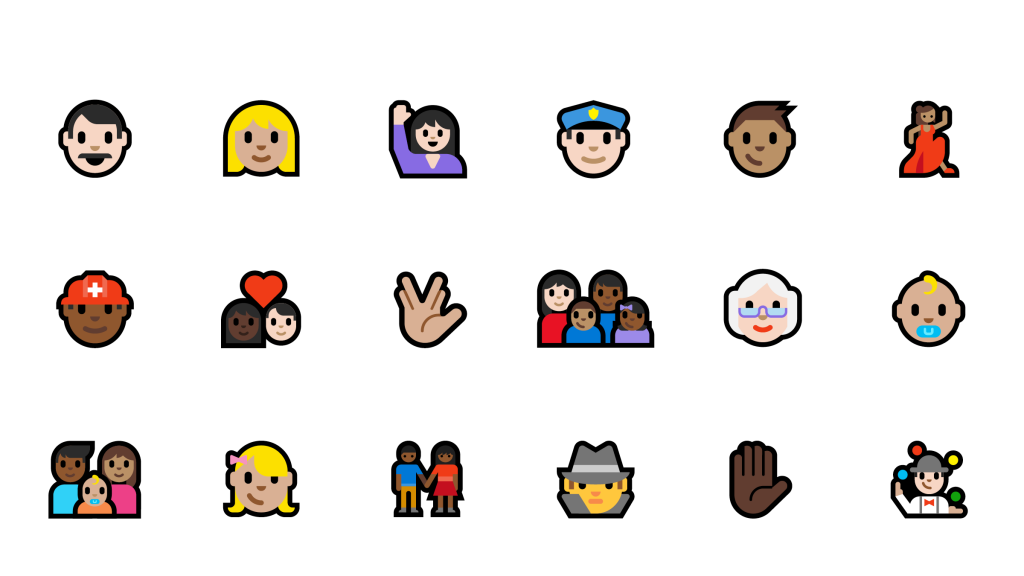
The Microsoft Design Language Team embarked on Project Emoji, redesigning the emoji set from scratch in under a year. From early sketches to creating a new scripting method, the team knew only emoji. Illustrators, graphic designers, program managers, font technicians, production designers, and scripting gurus all worked with an impressive singular focus.

They needed to feel more human, more personal, more expressive. It was time for a significant update, and Microsoft placed a bet on the strength of its Design Language. Microsoft has always emphasized the importance of great customer experiences, hinging on four key design principles: make it simple, universal, personal, and delightful. Every principle was addressed in each new emoji. The effect is clear, and pretty striking.
“The release of Windows 10 was the first step in providing universal options for our customers to have a great experience,” said Ramiro Torres, Microsoft creative director. “We see trends happening with consumers, and particularly the metaphors have evolved significantly in each emoji. We want to make sure when we communicate, and design a symbol or emoji, that it actually means what it’s meant to mean.”
A big step forward occurred last year when the Unicode Consortium introduced skin tone modifiers to the Unicode Standard. Unicode is an expansive system that assigns finite codes to characters, allowing for unified, global translation. Anyone designing emoji needs to maintain the intent behind each image, so that a smiley face is a smiley face is a smiley face, no matter where you see it.
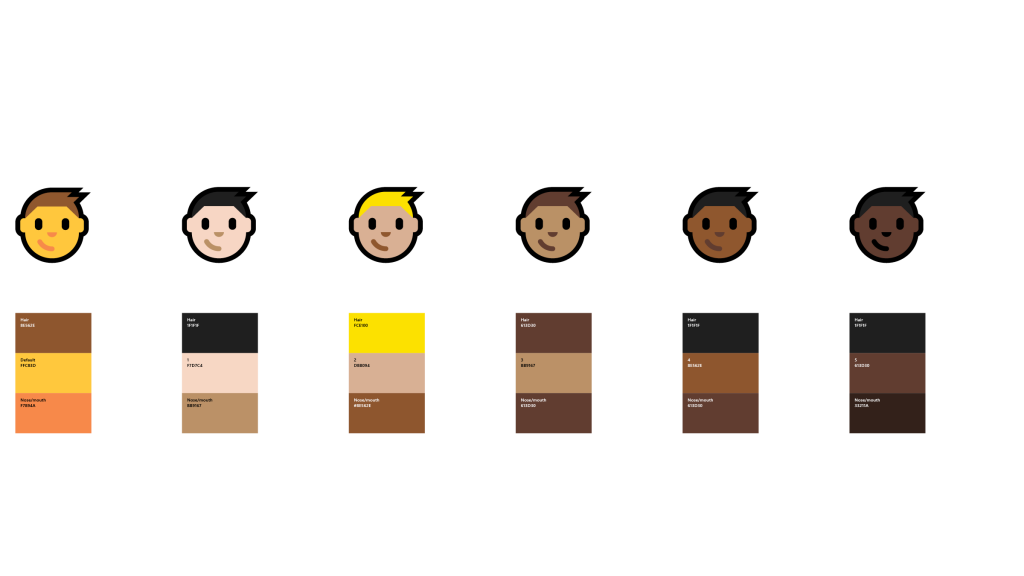
But back to the skin tone modifiers – they’re based on the Fitzpatrick scale, a nifty numerical model developed by dermatologist Dr. Fitzpatrick in 1975. Today, it’s nicely translated and available in the Unicode Standard, where it lets us be more inclusive and global. There are now five skin tones to select in certain people emoji, rather than just the standard yellow. But Fitzpatrick modifiers can be applied in endless combinations, and the new Microsoft emoji take advantage of that.
“With the Fitzpatrick modifier,” said Torres, “we set up the system to be reflective of diversity, so users can actually pick their skin color. That’s the main part. But when it comes to families, they’re so diverse. What we’ve allowed users to do is create emoji families that are unique to them.”
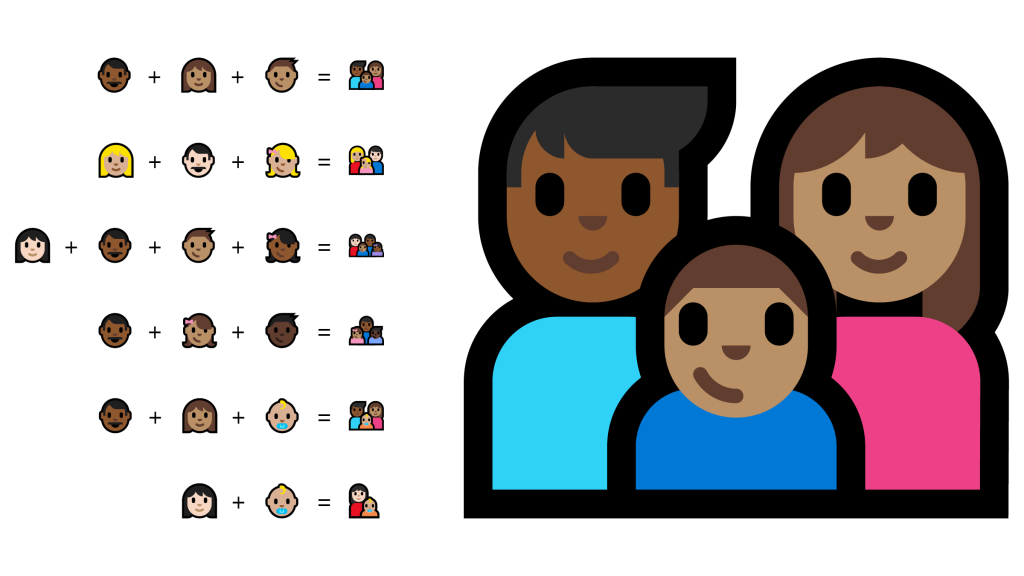
So if you’re a single mother with three kids, you’ll be able to create that image. If your husband is dark-toned and you’re light-toned and your two kids are a blend of both, you can apply all of those modifiers to create your own personal family emoji, one that’s sincerely representative. It extends to the couple emoji, where you can join a woman, a heart, and a woman – both with unique skin tones – for a more inclusive emoji. Because they’re created dynamically, there are tens of thousands of permutations. And no other platform supports that today.
It’s definitely one of the coolest features to come out of Project Emoji. Microsoft Graphic/Font Designer Mike LaJoie continues to be impressed by the problem-solving behind each of Microsoft’s new emoji, particularly in the family set.
“It was very important to us that we give the designers the freedom to design within the style no matter how complex the designs were,” said LaJoie. “We developed scripts that allow us to be very agile with production. The family combinations were particularly challenging from a technical point of view, but I’m really excited that we’re able to make that feature available.”
It’s meaningful that the Project Emoji team was so ready and willing to address the design issues at hand. That the goals were clear to everyone, across disciplines, to make these universally accessible, translatable, and fun. Emoji are great because they’ve been so rapidly adopted – it’s a pretty globally significant moment in time.

“The importance of glyphs to communicate – it’s massive around the world,” said Torres. “Just getting the metaphors right will ease communication between people. It’s crazy, it just keeps getting bigger.”
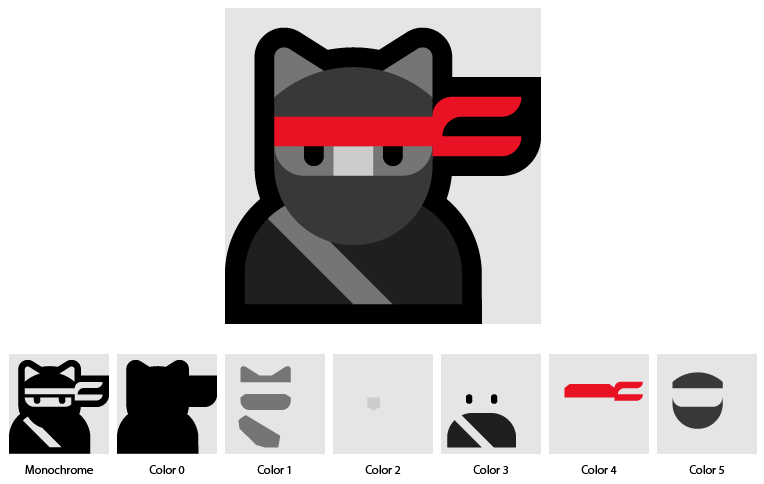
They’re threaded in deep. Microsoft is making a continuing effort toward emoji improvements, always with an ear tuned to the Windows customer, and to the evolution of the wide world of weird, fun tech.
Oh and if you’re already a Windows fan – you’ll love our ninjacat exclusive emoji, you can learn more about the history of the ninjacat here. You can check out all the redesigned emoji in the new emoji keyboard, available with the Windows 10 Anniversary Update.

